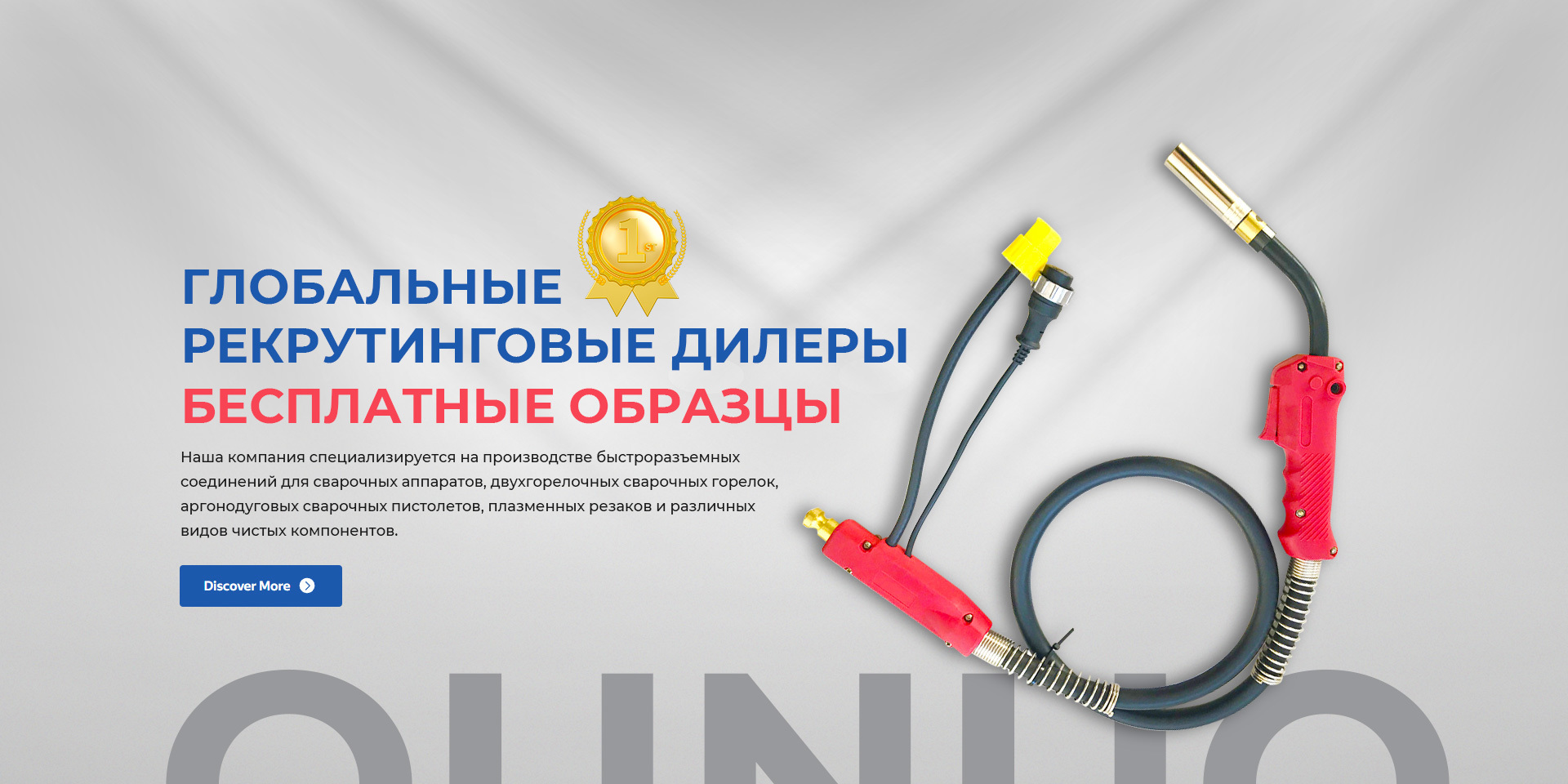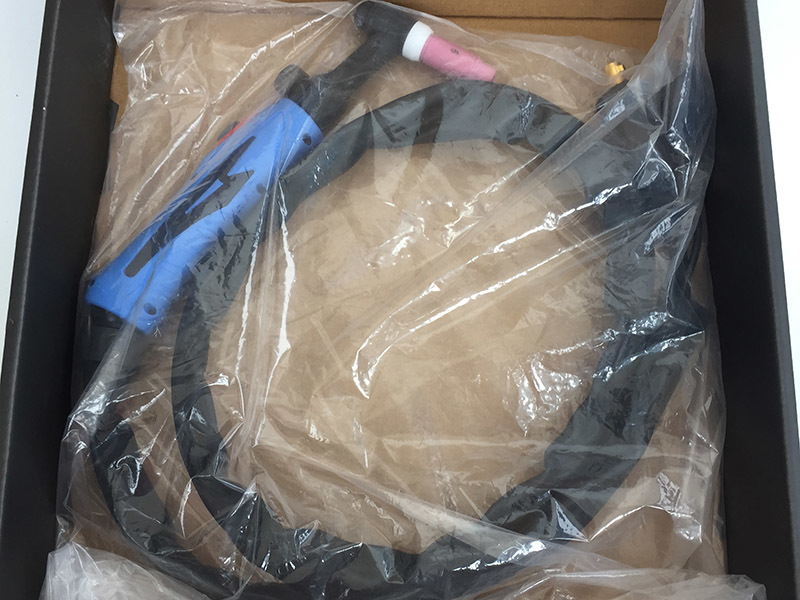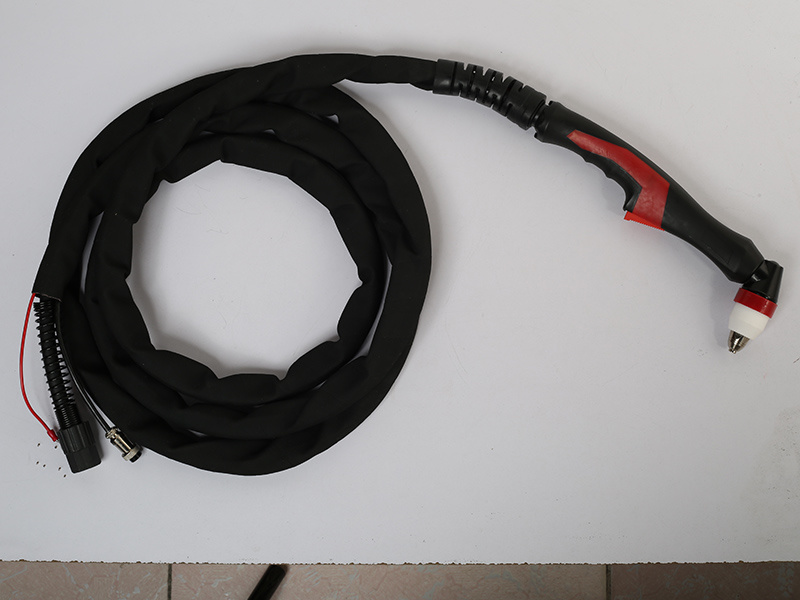language
Unleash Your Welding Potential: The Power of Plasma Welding Torches
Jun 26,2025
Unleash Your Welding Potential: The Power of Plasma Welding Torches
Table of Contents
1. Introduction to Plasma Welding Technology
2. Understanding Plasma Welding: A Technological Overview
3. Benefits of Choosing Plasma Welding Torches
4. Applications of Plasma Welding in Various Industries
5. Choosing the Right Plasma Welding Torch
6. Maintenance and Care for Plasma Welding Torches
Unleash Your Welding Potential: The Power of Plasma Welding Torches
Table of Contents
- 1. Introduction to Plasma Welding Technology
- 2. Understanding Plasma Welding: A Technological Overview
- 3. Benefits of Choosing Plasma Welding Torches
- 4. Applications of Plasma Welding in Various Industries
- 5. Choosing the Right Plasma Welding Torch
- 6. Maintenance and Care for Plasma Welding Torches
- 7. Safety Tips for Using Plasma Welding Equipment
- 8. Expert Tips to Maximize Welding Efficiency
- 9. Frequently Asked Questions
- 10. Conclusion
1. Introduction to Plasma Welding Technology
Plasma welding has rapidly become a preferred method for welders seeking precision and versatility. By harnessing the power of superheated plasma, this technique enables the creation of strong, high-quality welds across a variety of materials. Whether you are a seasoned professional or an enthusiastic beginner, understanding how plasma welding torches work can significantly enhance your welding experience and outcomes.
2. Understanding Plasma Welding: A Technological Overview
Plasma welding involves the ionization of gas, typically argon, to create a plasma arc. This process generates intense heat that melts the workpieces and filler material, resulting in a weld that is both strong and precise. The key components of a plasma welding torch include:
2.1 Plasma Arc
The plasma arc is the core of the welding process. It is generated when a gas is ionized between an electrode and the workpiece, producing temperatures that can exceed 20,000 degrees Celsius. This extreme heat allows for the welding of thin and thick materials alike.
2.2 Nozzle Design
The nozzle is crucial in shaping the plasma arc and directing the flow of shielding gas. Different nozzle designs can influence the arc profile and the penetration depth, allowing welders to tailor their approach depending on the material and project specifications.
2.3 Electrode Material
The electrode is typically made from tungsten due to its high melting point and ability to withstand extreme temperatures. Selecting the right electrode material is essential for achieving optimal performance in plasma welding.
3. Benefits of Choosing Plasma Welding Torches
The advantages of using plasma welding torches are numerous, making them an excellent choice for many welding applications.
3.1 Precision and Control
Plasma welding allows for exceptional control over heat input, minimizing the risk of warping and distortion in the welded materials. This level of precision is vital for intricate projects and thin materials.
3.2 Versatility
Plasma welding torches can be used on various metals, including stainless steel, aluminum, copper, and more. This versatility makes them a valuable addition to any welder’s toolkit.
3.3 Speed and Efficiency
The speed of plasma welding is a significant advantage. The quick melting and solidification of materials lead to faster cycle times, improving overall productivity in manufacturing settings.
3.4 Clean Welds
Plasma welding produces cleaner welds with less slag and spatter. This leads to less post-weld cleanup and a more polished final product.
4. Applications of Plasma Welding in Various Industries
Plasma welding is utilized across numerous sectors due to its adaptability and effectiveness. Here are a few notable applications:
4.1 Aerospace Industry
In aerospace, the precision of plasma welding is critical for creating lightweight and durable components that meet stringent safety standards.
4.2 Automotive Manufacturing
The automotive industry benefits from plasma welding in the assembly of lightweight structures and components, enhancing fuel efficiency and performance.
4.3 Electronics
Plasma welding enables the assembly of complex electronic devices, where precision is paramount to ensure optimal performance.
4.4 Medical Devices
Medical device manufacturing relies on the high level of cleanliness and precision offered by plasma welding, ensuring the safety and reliability of products.
5. Choosing the Right Plasma Welding Torch
Selecting the appropriate plasma welding torch involves understanding various factors, including:
5.1 Power Requirements
Consider the power needed for your specific applications. Higher amperage settings are necessary for thicker materials, while lower settings suffice for thinner sheets.
5.2 Torch Configuration
Determine whether a hand-held or automated torch suits your needs best. Hand-held torches provide flexibility, while automated systems enhance consistency in production environments.
5.3 Cooling System
Evaluate the cooling mechanism of the torch. Water-cooled torches are suitable for prolonged use, while air-cooled options may suffice for lighter tasks.
6. Maintenance and Care for Plasma Welding Torches
Proper maintenance of your plasma welding torch is crucial for ensuring its longevity and optimal performance.
6.1 Regular Inspection
Conduct regular inspections of the torch components to identify any signs of wear or damage. Replacing worn parts promptly can prevent more significant issues.
6.2 Cleaning Procedures
Keep the torch clean by removing residual slag and buildup after each use. A clean torch ensures consistent performance and quality welds.
6.3 Proper Storage
Store the torch in a secure location away from extreme temperatures and humidity. Proper storage extends the life of the components and prevents unnecessary wear.
7. Safety Tips for Using Plasma Welding Equipment
Safety should always be a priority when working with plasma welding equipment. Follow these essential safety tips:
7.1 Protective Gear
Wear appropriate protective gear, including gloves, goggles, and welding jackets, to shield yourself from sparks and heat.
7.2 Ventilation
Ensure adequate ventilation in your workspace to prevent the accumulation of harmful fumes and gases generated during welding.
7.3 Emergency Procedures
Familiarize yourself with emergency procedures for fire and injury. Having a first aid kit readily available can be invaluable in case of accidents.
8. Expert Tips to Maximize Welding Efficiency
Enhancing your plasma welding efficiency requires skill and knowledge. Consider these expert tips:
8.1 Practice Techniques
Regular practice will improve your welding skills. Experiment with different settings and materials to understand how each impacts the weld quality.
8.2 Optimize Settings
Adjust your machine settings based on the material thickness and type. The right settings can significantly influence the weld’s appearance and strength.
8.3 Utilize Quality Consumables
Invest in high-quality electrodes and nozzles. Using superior consumables can lead to better performance and fewer interruptions during welding processes.
9. Frequently Asked Questions
9.1 What is a plasma welding torch?
A plasma welding torch is a tool that generates a high-temperature plasma arc to melt and fuse materials together, resulting in strong and precise welds.
9.2 How does plasma welding differ from TIG welding?
While both processes involve tungsten electrodes, plasma welding utilizes a focused plasma arc, allowing for deeper penetration and faster welding speeds compared to TIG welding.
9.3 Can plasma welding be used on aluminum?
Yes, plasma welding is highly effective for aluminum and other non-ferrous metals, providing excellent control over the weld quality.
9.4 What materials can be welded using plasma torches?
Plasma torches can weld a wide range of materials, including stainless steel, carbon steel, aluminum, copper, and more, making them versatile for various applications.
9.5 How do I maintain my plasma welding torch?
Regularly inspect, clean, and store your plasma welding torch properly. Ensure to replace any worn or damaged components to maintain optimal performance.
10. Conclusion
In summary, plasma welding torches represent a powerful tool in the welding industry, providing precision, versatility, and efficiency. By understanding the technology behind plasma welding, selecting the right equipment, and adhering to safety practices, welders can unleash their full potential. The capabilities of plasma welding extend beyond traditional methods, making it an essential choice for professionals looking to achieve remarkable results in their projects. Embrace the power of plasma welding and transform your welding experience today.
Add
Xing village, lvgongbao town, renqiu city, hebei province, china









